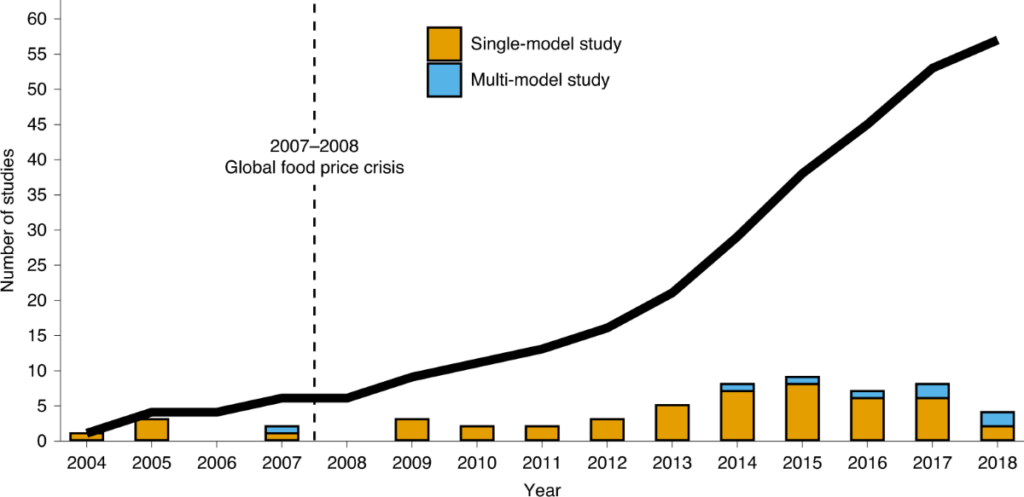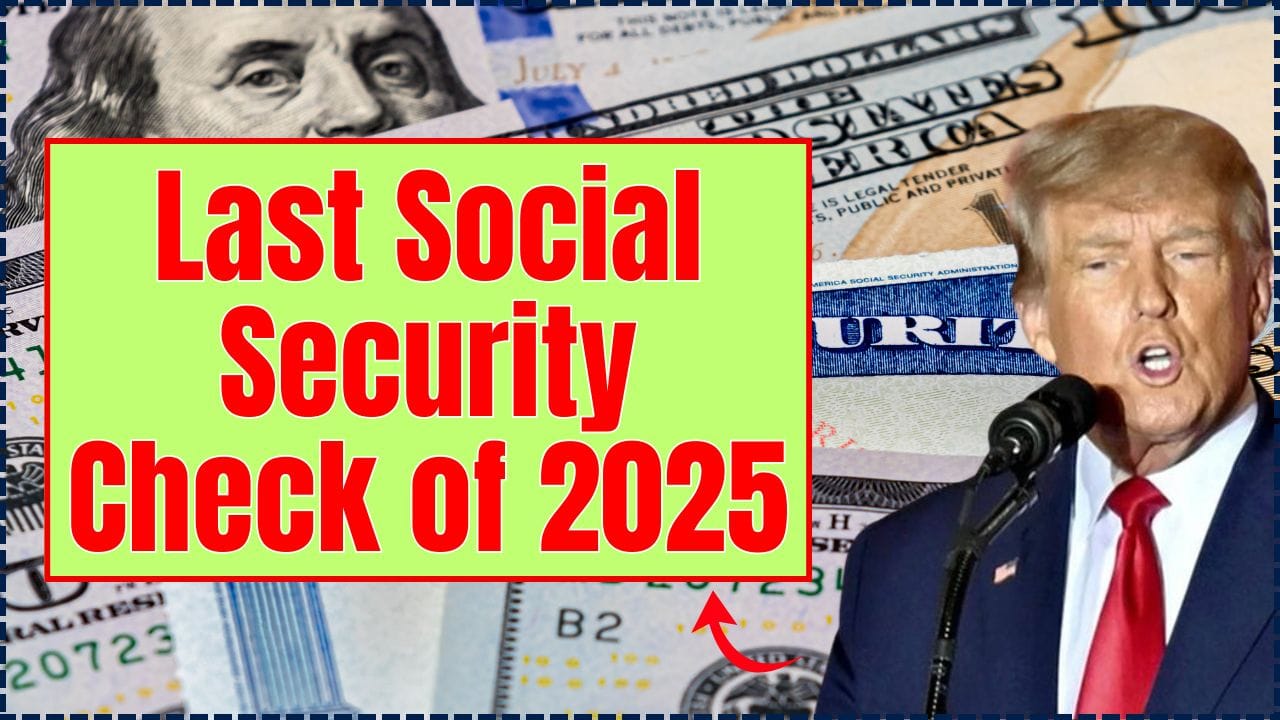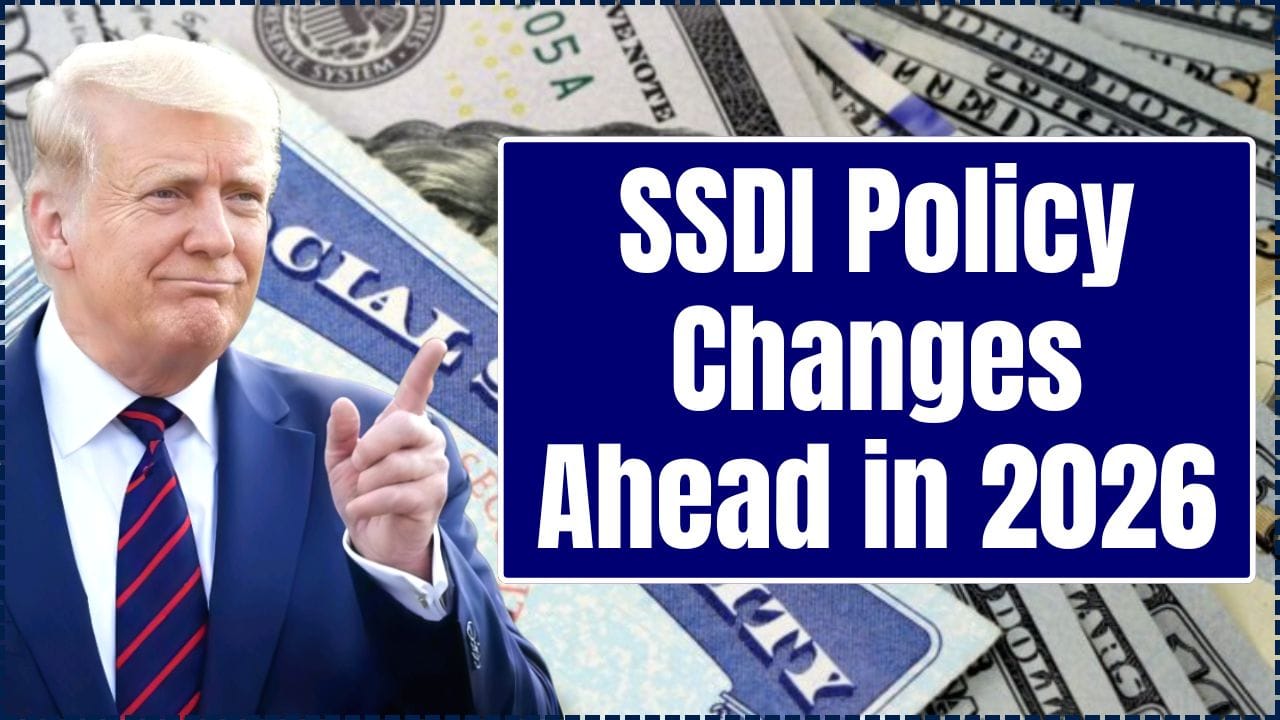
SNAP payments remain delayed across the United States even though the 43-day federal government shutdown has ended and the United States Department of Agriculture (USDA) has restored full funding. Many states continue to report backlogs, technical issues, and administrative hurdles that are slowing the release of benefits. Millions of low-income households are still unsure when they will receive the food assistance they rely on each month.
SNAP Payments
| Key Fact | Detail / Statistic |
|---|---|
| Total individuals using SNAP | About 42 million Americans |
| Length of 2025 shutdown | 43 days (Oct. 1 – Nov. 12) |
| USDA contingency funds used | $4.65 billion of $5.25 billion |
| Expected timeline for full benefit restoration | “Several days to one week,” varies by state |
| States reporting administrative backlogs | More than two dozen |
State agencies expect to clear most of the backlog soon, but some delays will extend into December. As payments continue to roll out unevenly across the country, households and advocacy groups will watch closely to ensure that federal guidance translates into timely relief.
Why SNAP Payments Are Still Delayed
Even with Washington now fully funded, restarting the Supplemental Nutrition Assistance Program (SNAP) is not immediate. Federal officials describe the restart as a “complex national operation” that involves cooperation between the USDA, state agencies, banks, electronic benefit transfer (EBT) providers, and private contractors.
The 43-day spending lapse left many state systems idle or only partially functional. Agencies must now recalibrate payment schedules, correct system errors caused by partial benefits, and issue retroactive payments where required.
Understanding the Impact of the Shutdown on SNAP
A Program Dependent on Monthly Appropriations
Unlike Social Security or Medicaid, SNAP is not an automatic entitlement funded on a multi-year basis. It requires Congress to allocate money each fiscal year.
During the shutdown, the USDA announced that it lacked the legal authority to issue full November payments. Without appropriations, states risked exhausting their carry-forward balances and contingency funds.
A USDA spokesperson said in an October briefing: “We cannot distribute funds that have not been authorized by Congress. SNAP is funded monthly, and November cannot be paid without legal appropriation.”
Judges Ordered Partial Relief—But Only Partially Helped
More than two dozen states sued the USDA, arguing that withholding food aid would cause “irreparable harm.” Federal judges ordered the department to use emergency contingency funds to issue partial payments.
The USDA complied, using approximately $4.65 billion to issue about half the normal monthly benefits.
But partial payments created technical and operational challenges that states now must correct.
Shutdown Ends, But Administrative Backlogs Begin
When Congress passed a stopgap funding bill on November 12, the USDA announced that states could resume paying full SNAP benefits immediately. According to the department, federal funds were made available “within 24 hours.”
However, the availability of funds does not equate to instant distribution.
Why States Need Days—or Weeks—to Restart Payments
State SNAP directors cite several bottlenecks:
- Reprogramming EBT systems to issue the remaining portion of November benefits
- Reconciling partial payments to avoid over- or underpayment
- Revalidating recipient eligibility for households whose recertification was paused during the shutdown
- Coordinating with banks and payment processors, some of which require a multi-day operational window
- Running quality-assurance checks to prevent fraud triggered by abrupt system changes
One state administrator in Texas noted:
“Turning the lights back on doesn’t instantaneously move money to families. We have technical steps, legal steps, and coordination steps that take time.”
State-by-State Disparities: A Patchwork Recovery
Because each state manages its own SNAP program, delays vary widely. The USDA has not issued a national timeline, leaving states to determine their own schedules.
States Issuing Benefits Immediately
Some states—including New York, Michigan, and Illinois—reported that they could restore benefits within 48–72 hours of receiving USDA approval.
States Facing Significant Delays
Other states—such as Florida, Georgia, Arkansas, and parts of California—have older EBT systems that cannot rapidly process retroactive payments. Several states also delayed certification or verification steps during the shutdown, causing temporary eligibility lapses.
Officials in Florida said their system “may require up to two weeks to balance accounts and release all pending allocations.”

The Human Impact: Food Banks Strained Nationwide
With millions still waiting for SNAP payments, food banks have reported a sharp surge in demand.
Feeding America, the nation’s largest hunger-relief network, stated that requests for emergency food boxes increased by more than 30% during the shutdown.
A food-bank director in Ohio explained:
“We’re seeing families who’ve never asked for help before. They had no warning and no alternative.”
The shutdown also coincided with rising food prices in many regions. Combined with delayed assistance, these conditions created a strain on both community resources and household budgets.

Why Restarting SNAP Is Technically Complicated
EBT Vendors Must Reprogram Systems
Electronic benefit transfer companies require time to:
- Load new disbursement schedules
- Update formulas for household allotments
- Correct error codes triggered during the partial-payment period
Some states have contracts with vendors that need a minimum 48-hour notice before disbursements can resume.
Retroactive Payments Increase Complexity
Because households received partial benefits, states must now:
- Calculate the exact remaining amount
- Issue supplemental deposits
- Ensure that duplicate payments do not occur
- Correct underpayments and adjudicate disputes
Eligibility Backlogs Are Growing
During the shutdown, many states paused recertification interviews, verification processes, and case updates. These pauses created a backlog that must now be cleared before benefits can be released to some households.
Broader Policy Questions Ahead
The disruption has revived debate over whether SNAP should be funded more like an entitlement program.
Should SNAP Be Protected from Shutdowns?
Policy groups such as the Center on Budget and Policy Priorities argue that making SNAP mandatory spending—like Social Security—would prevent future disruptions.
Economist Dr. Helen Varma of the University of Chicago noted:
“Food security is not a discretionary matter. Tying SNAP to annual appropriations creates unnecessary risk for tens of millions of Americans.”
Congressional Debate Expected
Lawmakers from both parties have signaled interest in reviewing SNAP’s funding structure in the next Farm Bill cycle. However, there is no consensus on whether the program should move to mandatory funding.
What Recipients Should Expect Next
The USDA has urged states to issue payments “as promptly as possible,” but officials acknowledge timelines will vary.
Households should expect:
- Automatic EBT deposits once systems are updated
- Possible staggered payments rather than one lump sum
- Delays for households with pending verification
- Continued updates from state human-services agencies via email, text, and online portals
USDA officials say they anticipate nationwide completion of November payments within one week of reopening, though this is not guaranteed.
Double Social Security Checks Are Coming in December — Here’s Who Gets the Bonus and the New Raise
What to Watch Moving Forward
- State announcements on payment status
- Potential federal oversight hearings
- Food-bank demand data
- Legislative proposals regarding SNAP funding reform
- USDA updates on system readiness and long-term corrections






